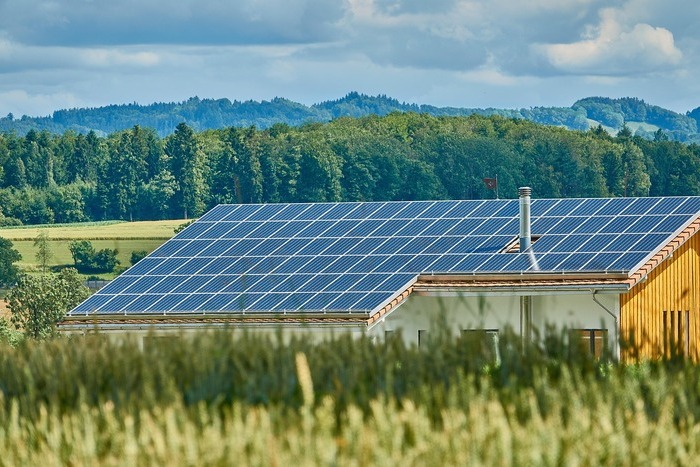The report said PMSGY has witnessed 57.9 lakh applications submitted yet installations remain at 13%.
A new report found that Pradhan Mantri Surya Ghar Yojana (PMSGY) addressed the gap to make rooftop solar financially accessible for households, which was earlier concentrated in the commercial and industrial segments.
The report titled, “Advancing Residential Rooftop Adoption in India Under PM Surya Ghar Yojana” by the Institute for Energy Economics and Financial Analysis (IEEFA) said the scheme has transformed India’s residential rooftop solar segment by adding about 4.9 GW capacity in just over a year of its launch. As of July 2025, PMSGY has witnessed over 57.9 lakh applications submitted for residential rooftop solar installations.
Under this scheme, Gujarat led all the states with the highest installed residential rooftop solar capacity of 1,491 MW, followed by Maharashtra, Uttar Pradesh, Kerala, and Rajasthan. These states together account for approximately 77.2% of the total installed capacity (4,946 MW) under the scheme till July 2025.
Financial Restraints a Hurdle to the Adoption
However, despite a near fourfold increase in applications between March 2024 and July 2025, only 13.1% of the target of 1 crore (10 million) installations and just 14.1% of the allocated INR 65,700 crore (USD 7.5 billion) in subsidies released till July 2025. The report said, given this context, achieving the FY2027 target of 30GW capacity continues to be seen as a considerable challenge.
“Low consumer awareness and access to finance remain significant barriers to the adoption of rooftop solar. Outdated perceptions of high upfront costs and maintenance persist, especially in rural areas,” said Prabhakar Sharma, senior consultant, JMK Research, and a co-author of this report.
The report highlighted that fragmented supply chains for key rooftop solar components, such as panels, inverters, and mounting structures, also caused implementation delays. A grievance redressal system has also been set up under PMSGY, but its effectiveness is limited.
Consumer Outreach Essential to Educate Adopters
Aman Gupta, research associate at JMK Research, and a co-author of the report said, “PMSGY should establish a district-level escalation matrix so that subsidy disbursement delays, incorrect data entries, or portal malfunctions can be routed beyond the DISCOM or portal level.”
The report said to increase the conversion of applications into actual installations, state- and district-level facilitation cells should guide households in filing applications and claiming subsidies. Marketing campaigns and consumer outreach initiatives can be taken up to educate potential adopters.
The report also emphasised that the long-term success of PMSGY hinges not only on the provision of subsidies but also on its ability to institutionalise streamlined digital processes, standardised product solutions, and consumer-centric support systems.
About The Author
You may also like
Why India’s Clean Cooking Revolution Must Be Electric
Clean Energy Push Would Halve Warming Rate by 2040: Report
India Pushes for Critical Minerals Circularity and Collective Action on Climate at G20
Lula Pitches Fossil Fuel Phase-Out at COP30, But Can a Divided World Agree?
Renewable is elbowing out coal: Can it continue the growth momentum?

